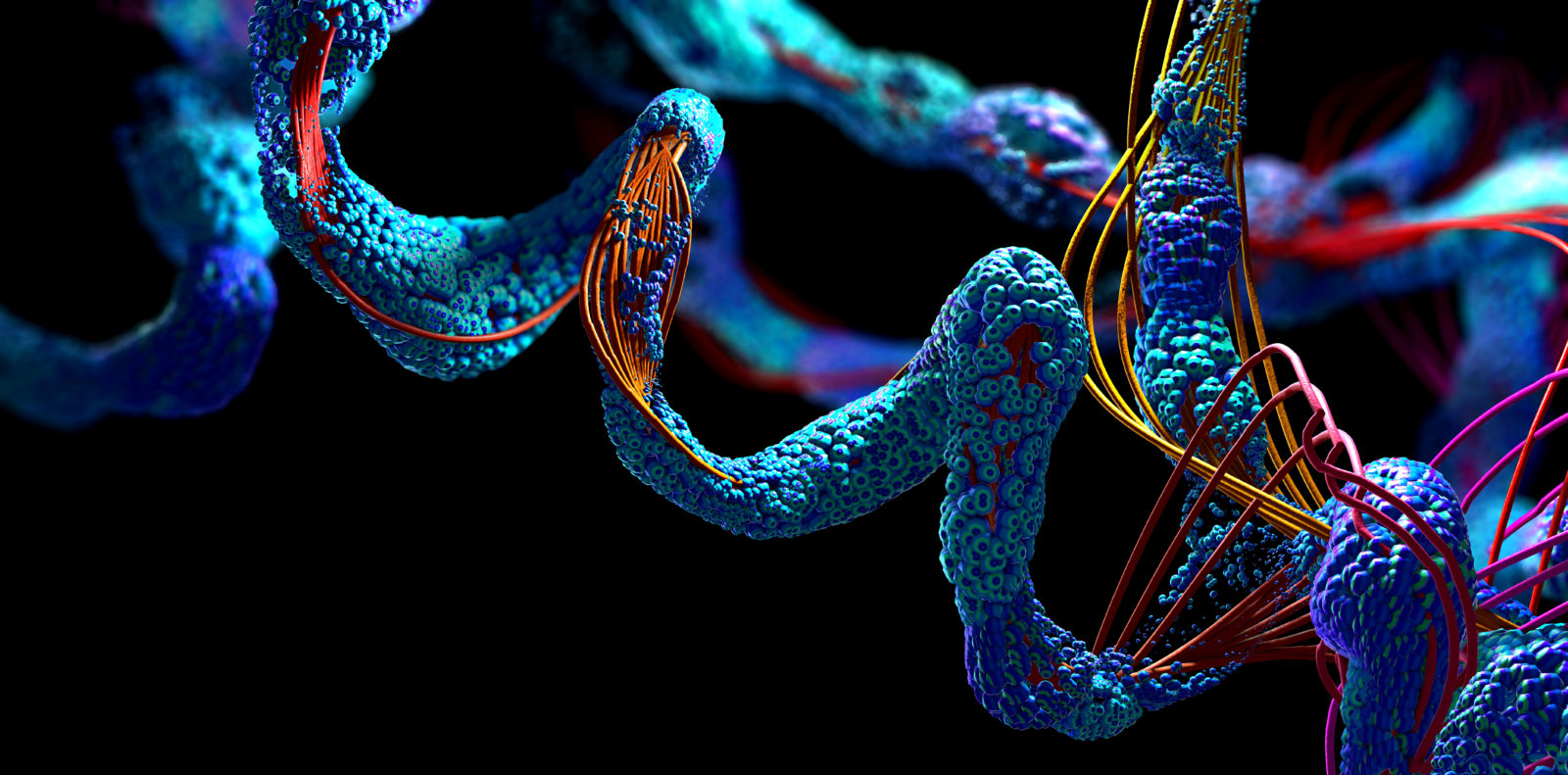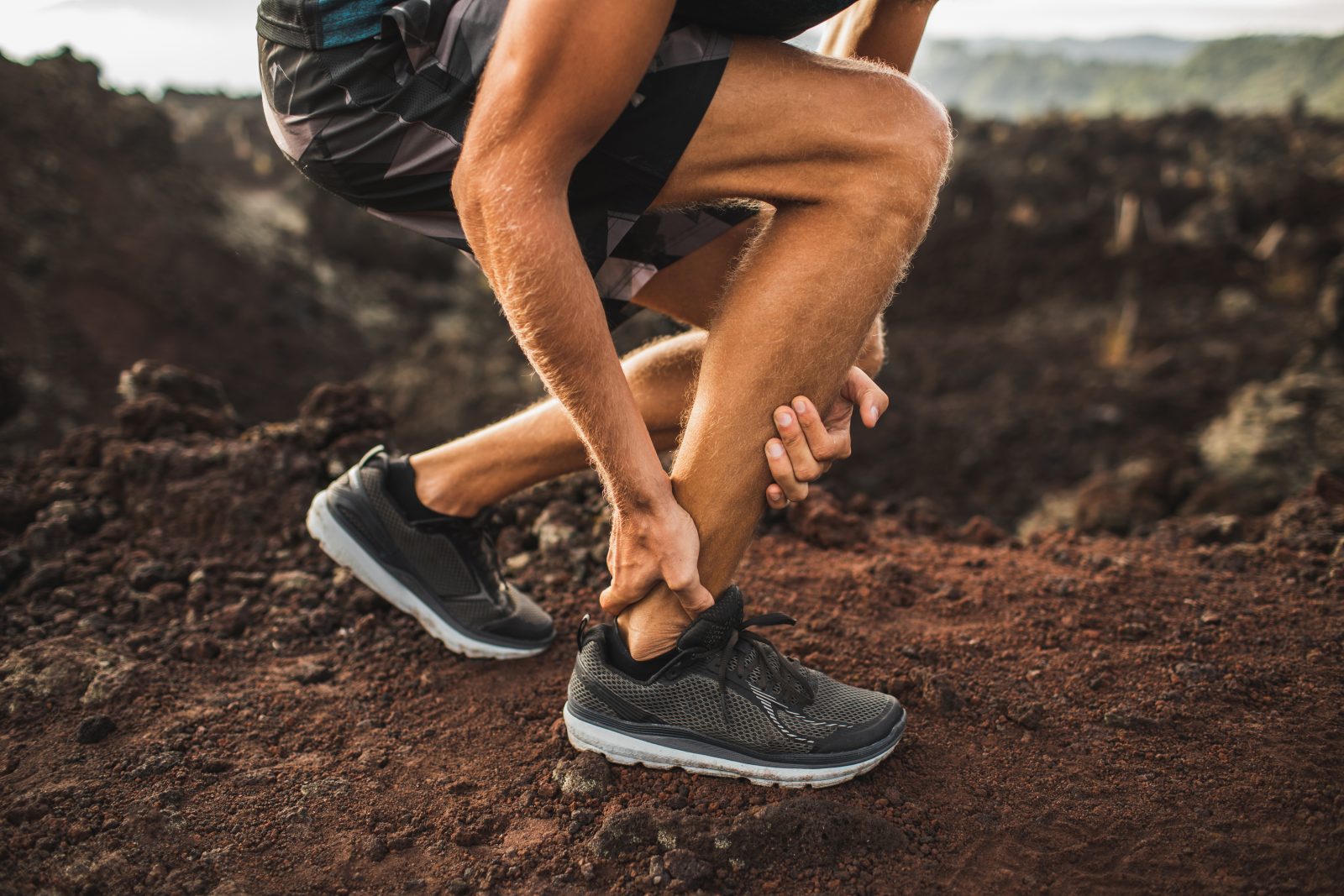


James Tour: The Goalposts are Racing Away from the Origin-of-Life Community
On today’s ID the Future distinguished nanoscientist James Tour explains to host Eric Metaxas why the origin-of-life community is further than ever from solving the mystery of life’s origin, and how the public has gotten the false impression that scientists can synthesize life in the lab. Tour explains that origin-of-life scientists aren’t even close to intelligently synthesizing life from non-life in the lab. The problem, Tour says, is that some leading origin-of-life researchers give the impression they are right on the cusp of solving the problem. Not so, Tour says. He offers the analogy of someone claiming, in the year 1500, that he has the know-how to build a ship to travel to the moon, when no one yet knows even how to build an airplane, car, or car engine. Tour says that if he took a cell that had just died a moment before and asked top origin-of-life researchers to engineer it back to life, they couldn’t do it. They’re not even close to being able to do it. And yet all the ingredients, all the building blocks of life are right there, all in one place, in the right proportions. And not only can scientists not engineer those ingredients back to life, they still can’t synthesize even a fraction of the building blocks essential to cellular life, despite decades and millions of dollars poured into the problem. And yet they assume that purely blind material processes turned prebiotic chemicals into all the key building blocks, and then mindlessly engineered those into the first self-reproducing cell on the early Earth. There are no models that would make such a scenario plausible. And the more we learn about cellular complexity, the harder the problem gets. Indeed, as Tour puts it, origin-of-life research is like moving down a football field in nanometer increments while the goalposts are racing away. What’s left is only the dogmatic assumption among origin-of-life researchers that the first life must have appeared on Earth purely through blind material forces. Tour has made it his mission to show the broader scientific community and the public that the emperor has no clothes. Not surprisingly, the origin-of-life community has not responded with heartfelt gratitude. Tune in to hear more of Tour’s argument and to learn what kind of blowback he has experienced. The interview is reposted here with permission of Eric Metaxas and Socrates in the City. Find James Tour’s many videos on the origin-of-life problem here.

James Tour Talks Nanotech at Socrates in the City
Today’s ID the Future features the first part of a conversation between James Tour and Socrates in the City host Eric Metaxas on Tour’s astonishing work in nanotechnology and on the topic “How Did Life Come into Being?” Tour is the T. T. and W. F. Chao Professor of Chemistry, Professor of Computer Science, and Professor of Materials Science and Nanoengineering at Rice University. He is widely regarded as one of the world’s leading nano-scientists. This event took place at the River Oaks Country Club in Houston, Texas, and is presented here with permission of Eric Metaxas. Here in Part 1, Tour explains some of the inventions coming out of Tour’s Rice University lab, including molecular cars and astonishing graphene technologies, one of which restores full mobility in laboratory rats whose spines have been severed.

Orphan Proteins Spell Trouble for AlphaFold 2
On this ID the Future, philosopher of biology Paul Nelson further explores AlphaFold 2, a cutting edge computer program from Google’s DeepMind designed to rapidly suss out important secrets in the realm of proteins, indispensable molecular biological workhorses that come in thousands of different shapes and sizes. Nelson enthuses about AlphaFold 2 but also explains why he is convinced that AlphaFold’s creators have hit a series of immovable obstacles. The watchword here—orphans. Tune in to learn what these mischievous orphan proteins are about, and what they suggest for AlphaFold, evolution, and intelligent design.

Powerful Protein Folding Algorithm AlphaFold Foiled by Singletons
Today’s ID the Future spotlights AlphaFold, an artificial intelligence program in the news for its impressive breakthroughs at predicting a protein’s 3D structure from its amino acid sequence. Philosopher of Biology Paul Nelson walks listeners through the importance of this “amazing breakthrough,” as he describes it in a recent Evolution News article; but don’t uncork the champagne bottles just yet. The reason, according to Nelson, is that while proteins, protein sequences, and protein folding promise to reveal much that is still mysterious in molecular biology, we now know that biological information involves far more than just an organism’s proteome—that is, far more than the full suite of proteins expressed by an organism. Nelson uses analogies to manmade machines and cognates among closely and distantly related human languages to shed light on just how much more sophisticated the biological information directing life is than any model narrowly fixated on DNA, the amino acids DNA codes for, and the protein formed from those amino acids. Nelson further explains that, as powerful as the AlphaFold algorithm is, it has not solved the protein-folding problem, if we take such a solution to mean “predicting the three-dimensional conformation of a protein strictly from its primary DNA sequence, ab initio.” The clearest evidence of this: the algorithm is utterly stymied by sequence “singletons.” What are these curious sequences, why do they baffle AlphaFold, and why do these singletons trouble some evolutionists? Tune in as Nelson and host Eric Anderson explore this problem at the leading edge of biological research.

Energy Harnessing: An Achilles Heel for Origin of Life
Origin-of-life specialist Rob Stadler joins today’s ID the Future to discuss a new Long Story Short science video short. The video investigates a special problem that faces all naturalistic origin-of-life scenarios: To be viable, a cell must have sophisticated machinery, including ATP synthase, to turn raw energy into constructive energy. But how could prebiotic chemicals harness raw energy on the way to evolving into a viable self-reproducing cell without first having the sophisticated machinery to harness raw energy and convert it to useful work? Are the energy sources that have been proposed for chemical evolution realistic? In his conversation with host Eric Anderson, Stadler argues that, no, they aren’t. This isn’t the sort of thing that mindless natural processes can overcome, but is precisely the sort of problem that a designing mind could solve. Check out the new video here.

How Universal Common Descent Survives Failed Predictions
On today’s ID the Future, philosopher of biology Paul Nelson discusses his chapter in a recent Harvest House anthology edited by host Casey Luskin, The Comprehensive Guide to Science and Faith. Nelson says the theory of universal common descent, a key component of modern evolutionary theory, has generated multiple predictions that have failed. The prediction he discusses here is that there would turn out to be a single universal genetic code, since that’s what we should expect if all life on earth is descended from the last universal common ancestor (LUCA). Findings over the past three decades have proven that prediction spectacularly wrong. How does the theory of universal common descent shrug off this contrary empirical finding? The trick for LUCA in this and similar cases is to shift blame for failure to an ancillary theory. It’s a clever move, says Nelson, but it comes at a cost.

A New Flaw in the Miller-Urey Experiment, and a Few Old
On today’s ID the Future, biologist Jonathan Wells and host Eric Anderson discuss a recently discovered problem with the famous Miller-Urey experiment, long ballyhooed in biology textbooks as dramatic experimental evidence for the naturalistic origin of life. The newly uncovered problem involves the glassware used in the experiment. It is an interesting finding, but as Wells explains, it is far from the first problem discovered with the experiment, nor the most serious one. While biology textbooks often present the 1952 experiment by Stanley Miller and Harold Urey as a key icon of evolution, even those origin-of-life researchers who hope to one day to discover a credible naturalistic scenario for the origin of the first living cell concede that the experiment at the University of Chicago failed in crucial ways to mimic Earth’s early atmosphere, and fell short in multiple other ways. The various challenges, Wells explains, are each alone sufficient to elicit a healthy skepticism toward the whole prospect of a designer-free origin of the first living cell. For more in-depth analysis, check out Wells’s chapter in the 2020 revised and expanded The Mystery of Life’s Origin: The Continuing Controversy, along with the other chapters in the book.

New Animated Video Dismantles Origin-of-Life Hype
Today’s ID the Future spotlights a new origin-of-life video showing that researchers aren’t anywhere close to creating life from non-life, despite the fact most Americans seem to believe otherwise. In the episode, host Eric Anderson interviews Stairway to Life co-author Rob Stadler, who helped create the new Long Story Short animated video. Stadler and Anderson explore how origin-of-life papers and popular media reports have misled the public, evidenced by a survey underscored by Rice University synthetic organic chemist James Tour. Then they discuss several daunting origin-of-life hurdles beyond the synthesis of key chemical building blocks. These are hurdles significant enough that each alone may doom the idea of life having once emerged from non-life spontaneously. Indeed, it is now a matter of record that the hurdles are so daunting that for several decades they have kept many brilliant and lavishly funded scientists from intelligently designing life from non-life in the lab. Thus it is hardly unreasonable to entertain the idea that the origin of the first life required not merely intelligent design, but an ingenious designing intelligence far beyond that of our smartest origin-of-life researchers.

Origin of Life’s Purple Unicorn: Protocells
On today’s ID the Future, host Eric Anderson sits down with Rob Stadler, co-author with Change Tan of The Stairway To Life: An Origin-Of-Life Reality Check. The topic of discussion–protocells. Stadler notes that the simplest existing single-celled organisms are far too sophisticated to have emerged through a blind process of prebiotic evolution. He further notes that this is widely acknowledged in the origin-of-life community, but those committed to a purely materialistic origin of the first life have a fallback explanation–protocells. That is, early biological structures far simpler than anything we find today. An intriguing hypothesis, but the problems with it, according to Stadler, are legion. Tune in as Stadler and Anderson walk through several lines of evidence that appear to break against the much sought-after but ever-elusive protocell.